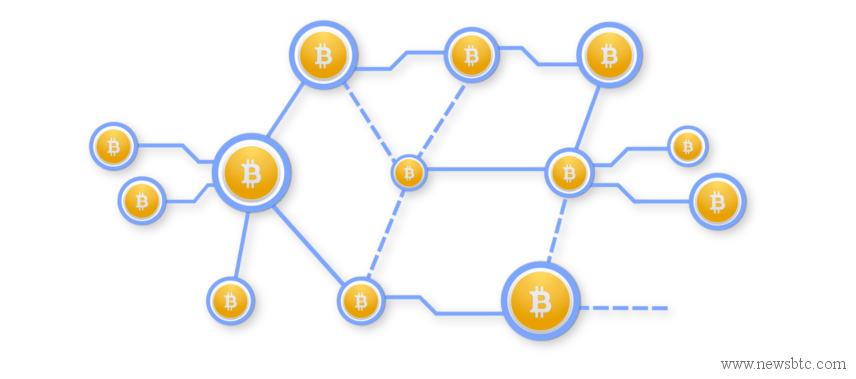This Monday, the bitcoin community woke up to the beginning of a new week and a new month. As the day progresses, they thought that their worst fears about the bitcoin network are coming true. The bitcoin network was overloaded and transactions were taking unusually longer to get processed. The first question that went through everyone’s mind was whether the bitcoin network is under attack, but at first glance, it didn’t seem so.
After prematurely concluding that the bitcoin network is not under attack, users of the digital currency assumed that everyone has started using bitcoin the way it is intended to be used. During the early days, the number of bitcoin users was less and the network was not designed to handle huge transactions. However, the bitcoin network has allowances made to increase the capacity by ways of increasing the block size etc. Since its inception, the bitcoin network has grown exponentially without seeing any proportional increase the block size. The block size is still fixed at 1 MB. Multiple attempts in the past to increase it has ended up in failure due to lack of consensus.
The slowdown of bitcoin network on Monday was initially attributed to a natural increase in bitcoin transactions which proved to be too much for the blockchain to handle due to the small block size. The blocks were found to be filled to capacity, hindering the transaction rate. There were reports of bitcoin users having to wait for hours to have their transactions approved over the blockchain. Such delays make it impossible for people to use bitcoin for real-time transactions while making purchases at shops or restaurants. Mainly because, it is impractical for someone to wait for so long just to pay at one place, leaving behind all the other chores.
However, 24 hours since the incidence, it was found that the bitcoin network still has some life left in it before it gets overloaded. Apparently, the cause for Monday’s slow transactions was malicious spam generated by some rogue wallet. The rogue bitcoin wallet responsible for overloading the bitcoin network did so by sending chunks of bitcoin back to itself, creating loops. These looping transactions, with a higher mining fee, will be processed by the miners, filling up space on the blockchain. This leads to many legitimate transactions with lower mining fee to wait for its turn.
According to Bitcoin Core developer Gavin Andresen, bitcoin network is currently surviving on borrowed time as the block size increase is long overdue. The block size should have been increased last year itself. But the bitcoin community is still debating about it. An immediate increase of block size from 1 MB to 2 MB currently looks promising. The decision to double the block size was taken in the last Bitcoin Roundtable meeting held in China, which was attended by the members of bitcoin roundtable and developer’s community.
READ MORE: Bitcoin Roundtable May Have Found an Agreeable Solution for Block Size Issue
If bitcoin continues to grow at the current pace, in the absence of network upgrades, Monday’s scare will become a reality. If it happens, people can kiss bitcoin goodbye. The rate of bitcoin transactions at the moment is not more than a tiny fraction of the rate at which Visa processes payments across its network. In order to give bitcoin a fair chance to take on conventional fiat payment giants, the community has to act fast and scale bitcoin network as soon as possible.
Ref: Is Bitcoin Under Attack? - Motherboard
